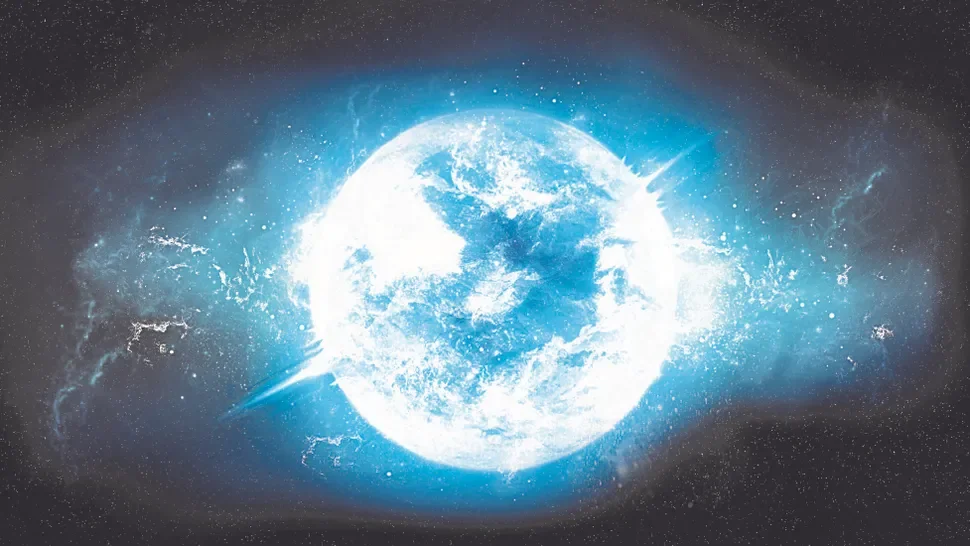
The Universe’s Expiration Date: Scientists Revise Timeline for Cosmic Decay, Predicting an Earlier End
Hold onto your hats, space enthusiasts! New research suggests the universe, as we know it, might be heading toward its final curtain call sooner than previously thought. While "sooner" in this context still means an unfathomable amount of time, these findings prompt exciting questions about the ultimate fate of everything.
Based on theories inspired by Stephen Hawking's groundbreaking work on black hole evaporation, a team of scientists has re-evaluated the lifespan of celestial bodies like white dwarfs and neutron stars. The results? These remnants of dead stars are decaying at a faster rate than old models estimated, potentially shaving trillions upon trillions of years off the universe's expiration date.
Heino Falcke, a theoretical astrophysicist at Radboud University in the Netherlands, who led the new study, stated: "The ultimate end of the universe comes much sooner than expected, but fortunately it still takes a very long time."
So, how much sooner are we talking? The new estimate puts the potential end of stellar remnants around 10 to the power of 78 years (1 followed by 78 zeros). While this number remains mind-boggling, it drastically reduces the previous estimate of 10 to the power of 1,100 years. Picture the first number with another 1,022 zeros. The research was published in the Journal of Cosmology and Astroparticle Physics.

The Key: Hawking Radiation and Density
The team's calculations are rooted in the concept of Hawking radiation, the idea that black holes slowly lose mass by emitting energy. They extended this concept to other dense objects, theorizing that the decay rate is solely dependent on their density. Denser the object, the faster it evaporates and decays. While it evaporates, a general form of decay is driven by the curvature of space time itself.
Michael Wondrak, highlighting an interesting point, explained: "But black holes have no surface. They reabsorb some of their own radiation, which inhibits the process."
Here's the kicker: neutron stars and stellar-mass black holes are now predicted to decay over a similar timescale (around 10 to the power of 67 years), despite black holes having stronger gravitational fields.

Don't panic, though! Everyday astronomy remains unchanged. However, these results refine our understanding of matter's ultimate lifespan and prompt us to consider the very nature of spacetime itself. It raises questions about the deep structure of spacetime. If space itself nudges these bodies toward decay, the nature of gravity might be more flexible than once supposed.
What Does It All Mean?
While the end of the universe feels impossibly far away, this research serves as a potent reminder of cosmic impermanence. It also highlights the power of theoretical physics to push the boundaries of our understanding, even when dealing with timescales that defy human comprehension.
The updated timeline might not affect our daily lives, but it stirs something profound within. Doesn't it prompt us to ponder whether meaning lies in permanence or in the fleeting moments of asking grand questions?
What are your thoughts on these mind-boggling timescales? Share your reflections in the comments below!